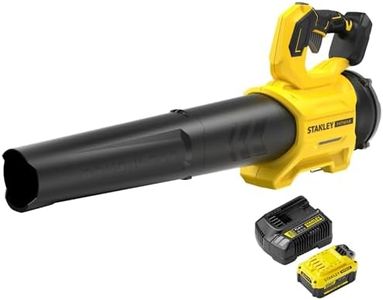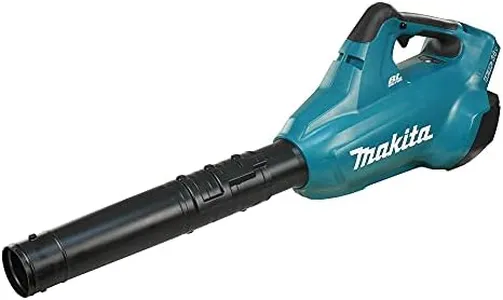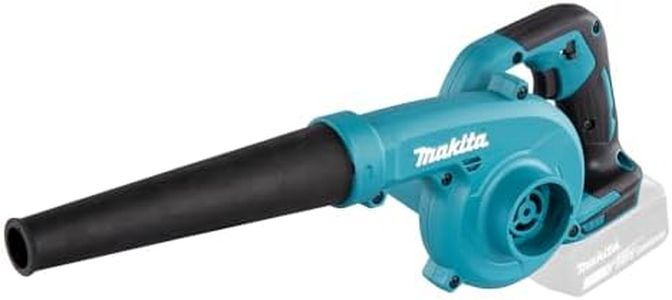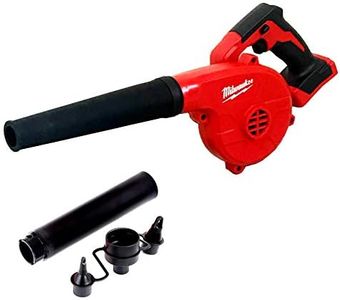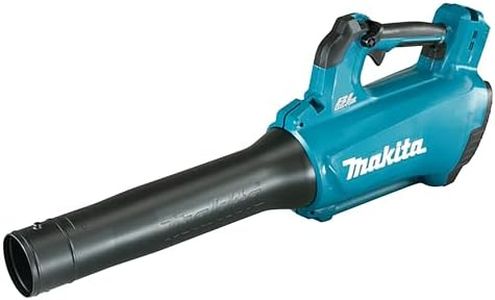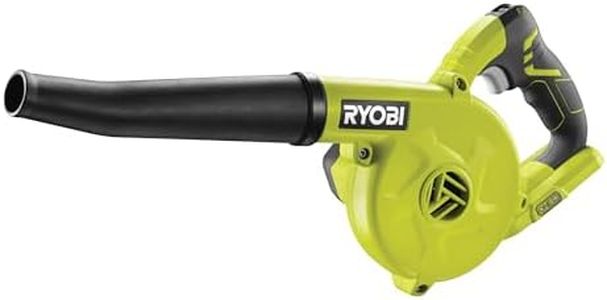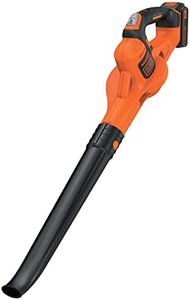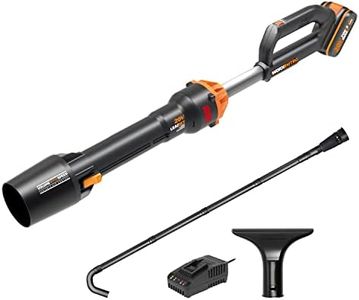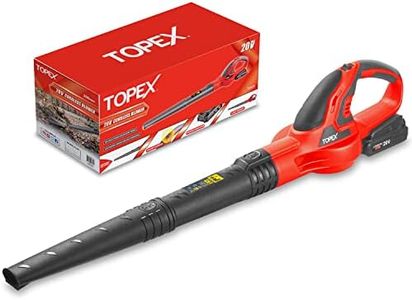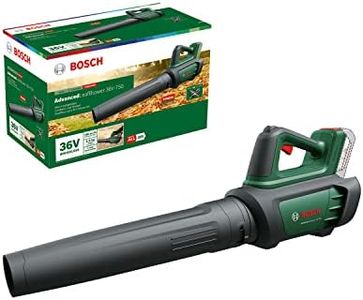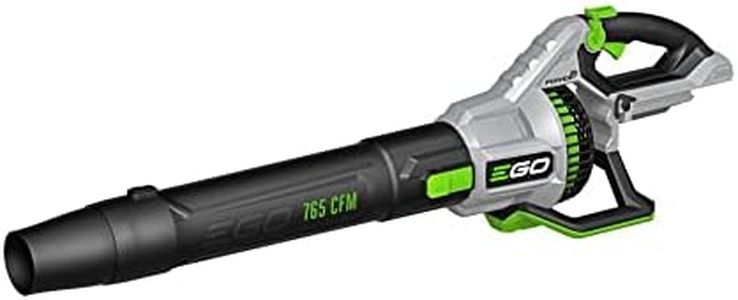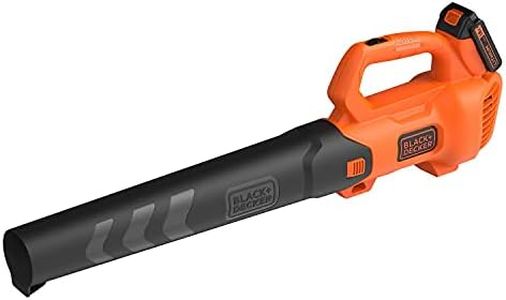We Use CookiesWe use cookies to enhance the security, performance,
functionality and for analytical and promotional activities. By continuing to browse this site you
are agreeing to our privacy policy
10 Best Leaf Blowers
From leading brands and best sellers available on the web.Buying Guide for the Best Leaf Blowers
Choosing the right leaf blower can make yard work much easier and less tiring. The best fit for you will depend heavily on the size of your space, the type of debris you usually deal with, and whether you value portability or power. Understanding the key specifications will help you sort through the many options and pick the perfect leaf blower for your needs.Power SourceLeaf blowers typically come in three power source types: electric (corded), battery-powered (cordless), and gas-powered. Electric corded leaf blowers are great for small to medium yards where an extension cord can easily reach all corners. They're quieter, lighter, and require less maintenance, but you are limited by the cord length. Battery-powered models offer more mobility, allowing you to reach further and handle moderately sized areas, but battery life can limit usage time. Gas-powered blowers deliver more power and longer run times, making them ideal for larger properties or heavy-duty jobs, but they're heavier, noisier, and require fuel and more maintenance. Choose based on the size of your yard and your comfort with maintaining and handling the machine.
Air Speed (MPH)Air speed, measured in miles per hour (MPH), tells you how fast the air exits the blower. Higher MPH numbers mean the blower can move leaves and debris faster, which is helpful for heavier or wet materials. Light-duty models usually offer around 120-150 MPH, which is enough for dry leaves on patios or small lawns. Medium-duty options can range from 150-180 MPH, which works for most typical yard tasks. Heavy-duty leaf blowers can exceed 180 MPH, making them excellent for moving stubborn debris or handling larger properties. If you need to move wet leaves or debris frequently, a higher air speed will save time and effort.
Air Volume (CFM)Air volume is measured in cubic feet per minute (CFM) and shows how much air the blower moves. High CFM means the blower can move a bigger pile of leaves at once. For smaller areas and light tasks, a CFM rating around 200-350 is usually enough. Medium-sized yards or more substantial leaf piles may benefit from 350-500 CFM. For bigger properties or heavier debris like twigs and wet leaves, look for models above 500 CFM. Think about the density and volume of leaves and debris you typically handle to match the CFM rating to your needs.
WeightWeight is an important spec, especially if you have a large area to cover or mobility concerns. Lightweight models (under 8 pounds) are easier to maneuver and cause less user fatigue, making them great for quick, simple jobs. Medium-weight blowers (8-12 pounds) balance power and manageability and are good for moderate use. Heavier models (over 12 pounds), often gas-powered or backpack types, may be necessary for big jobs but require more strength or frequent breaks. Choose a weight you can handle comfortably for the entire duration of your yard work.
Noise LevelNoise level is typically measured in decibels (dB) and indicates how loud the leaf blower will be during use. Quieter models (under 65 dB) are neighbor-friendly and ideal for areas with noise restrictions, but may offer less power. Medium noise levels (65-80 dB) are common in corded or cordless models suitable for residential use, while loudest options (above 80 dB), like many gas-powered blowers, work best for large properties where noise is less of an issue. Consider your environment and the comfort of those nearby when deciding what noise level is acceptable.
Form Factor (Handheld, Backpack, Walk-Behind)Leaf blowers come in handheld, backpack, and walk-behind styles. Handheld models are best for smaller areas and lighter tasks—they're portable and easy to store but can be tiring for large jobs. Backpack blowers are heavier but shift the weight to your back and shoulders, making them suitable for larger areas or longer use. Walk-behind blowers, which you push like a lawn mower, are designed for the biggest jobs and commercial use, offering lots of power but requiring more storage space and effort to maneuver. Your choice should reflect the size of your property and how much weight you're comfortable carrying.

